Abstract
Objective: This study was carried out to reveal the factors affecting the hepatobiliary manifestations in inflammatory bowel disease.
Methods: Inflammatory bowel disease patients followed in our gastroenterology outpatient clinic between 1999 and 2009 were included in the study retrospec- tively. The demographic and clinical characteristics of the patients were evaluated. In order to reveal hepatobiliary involvement, all patients were evaluated with clinical, laboratory, imaging examinations, and liver biopsy in some necessary patients.
Results: A total of 504 inflammatory bowel disease patients (48.2% female) (of whom 39.1% had Crohn’s disease, 57.5% had ulcerative colitis, and 3.4% had indeterminate colitis) were enrolled in this study. The mean age of patients was 38.7 ± 13 years. The mean duration of disease was 80 ± 59 months, and the mean follow-up period was 32 ± 3 months. The proportion of patients with hepatobiliary involvement was 4.8% (33.3% Crohn’s disease, 66.7% ulcerative colitis). In terms of liver findings, the rate of primary sclerosing cholangitis was 50%, and the rate of hepatosteatosis was 50%. In this group, 58.3% of them were male, and the mean duration of disease was 32 ± 3 months (2-96 months). All of the patients with diagnosis of primary sclerosing cholangitis received ursodeoxycholic acid (UDCA) (15 mg/kg), with a median of 84 months. The mean GGT (87 ± 92 IU/L vs. 68 ± 84 IU/L) and ALP (397 ± 507 IU/L vs. 271 ± 255 IU/L) levels were significantly decreased after UDCA treatment (P < .05). There was a positive correlation between duration of disease and hepatobiliary manifestation (r = 0.1, P = .025). Ileocolonic involvement and pancolitis were independent risk factors for the development of hepatobiliary manifestations in Crohn’s disease and ulcerative colitis, respectively (P = .005). Hepatic failure was not observed in any patient during the follow-up period.
Conclusion: Hepatobiliary involvement is more common in inflammatory bowel disease patients with colonic involvement.


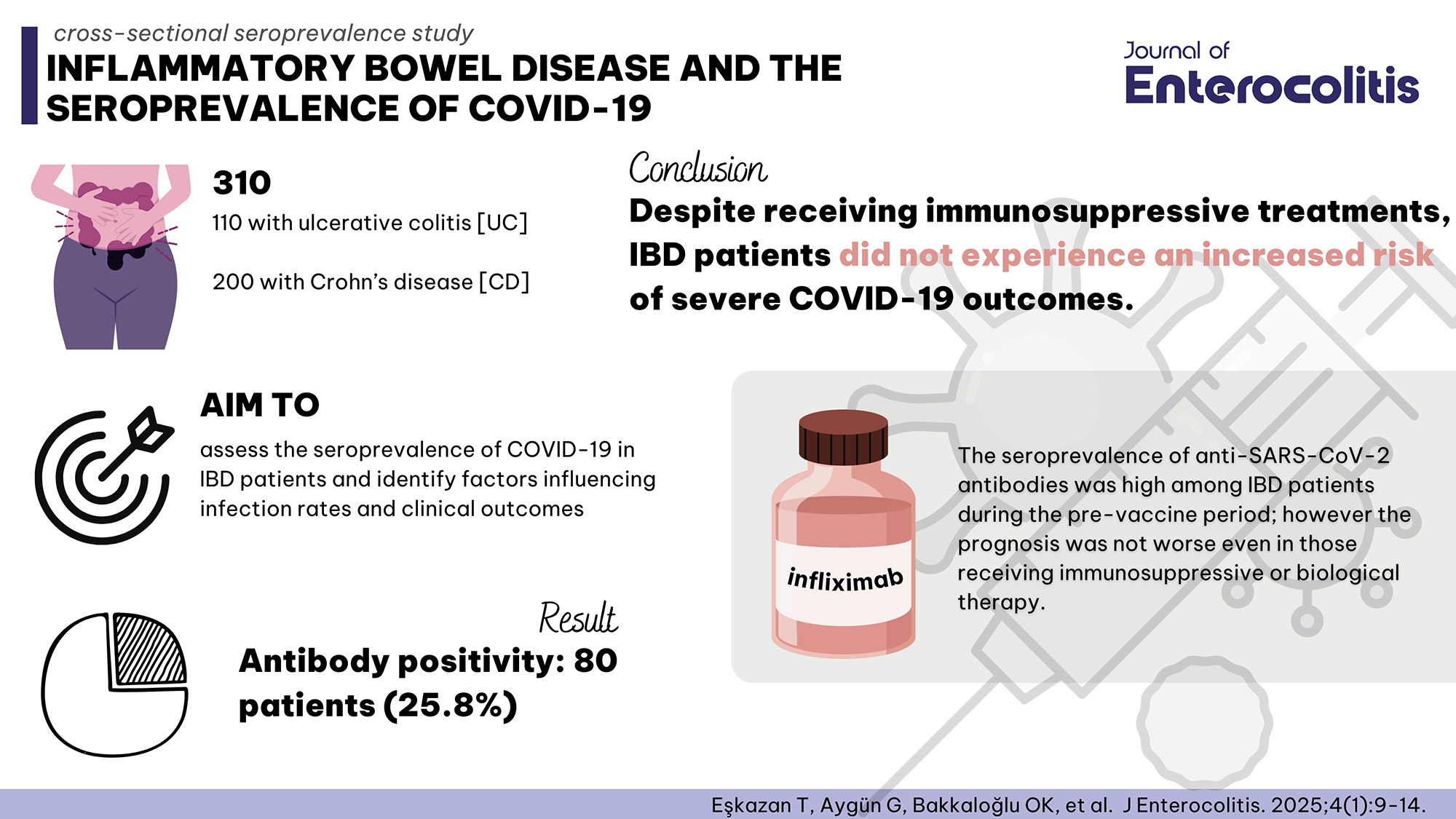

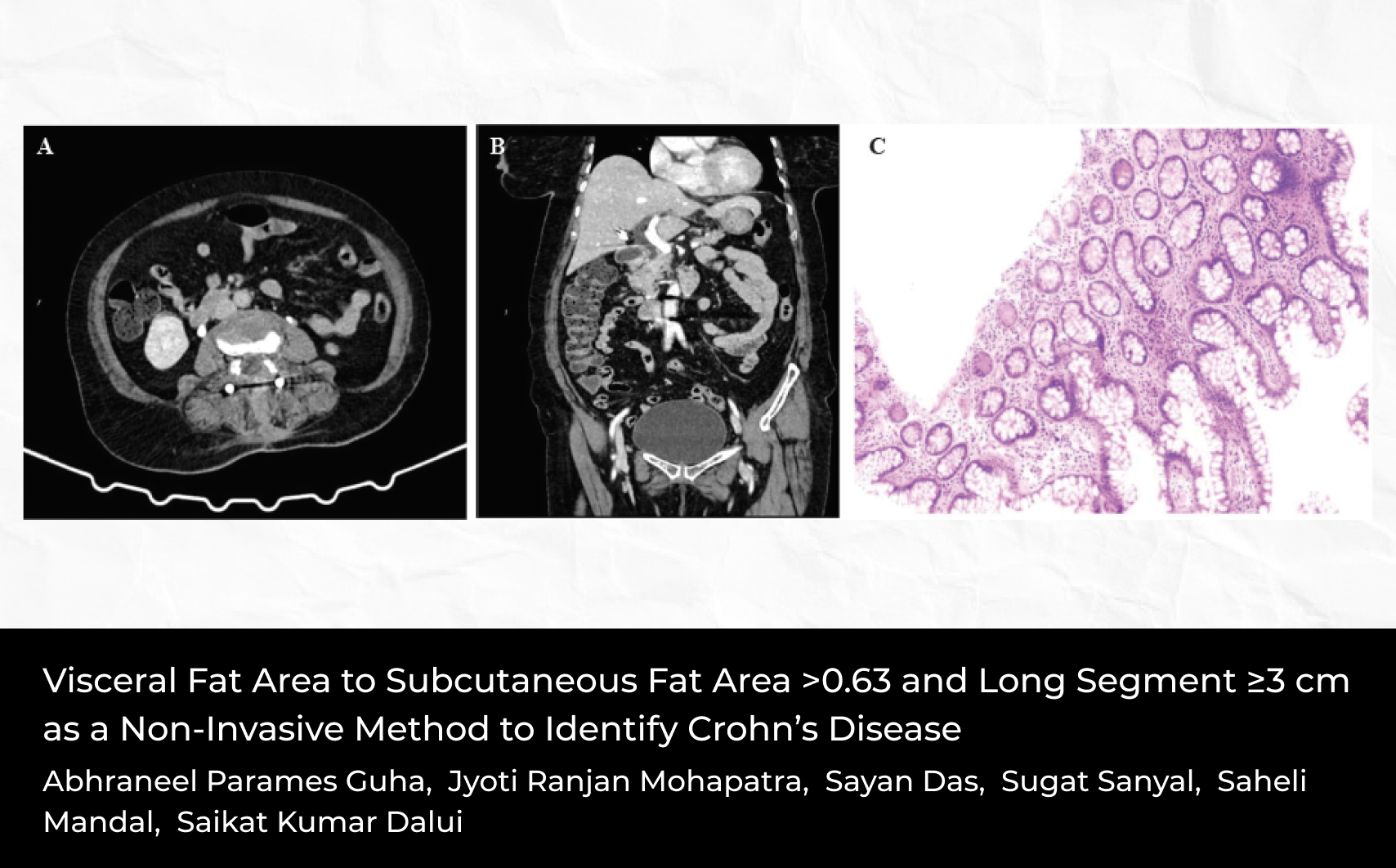
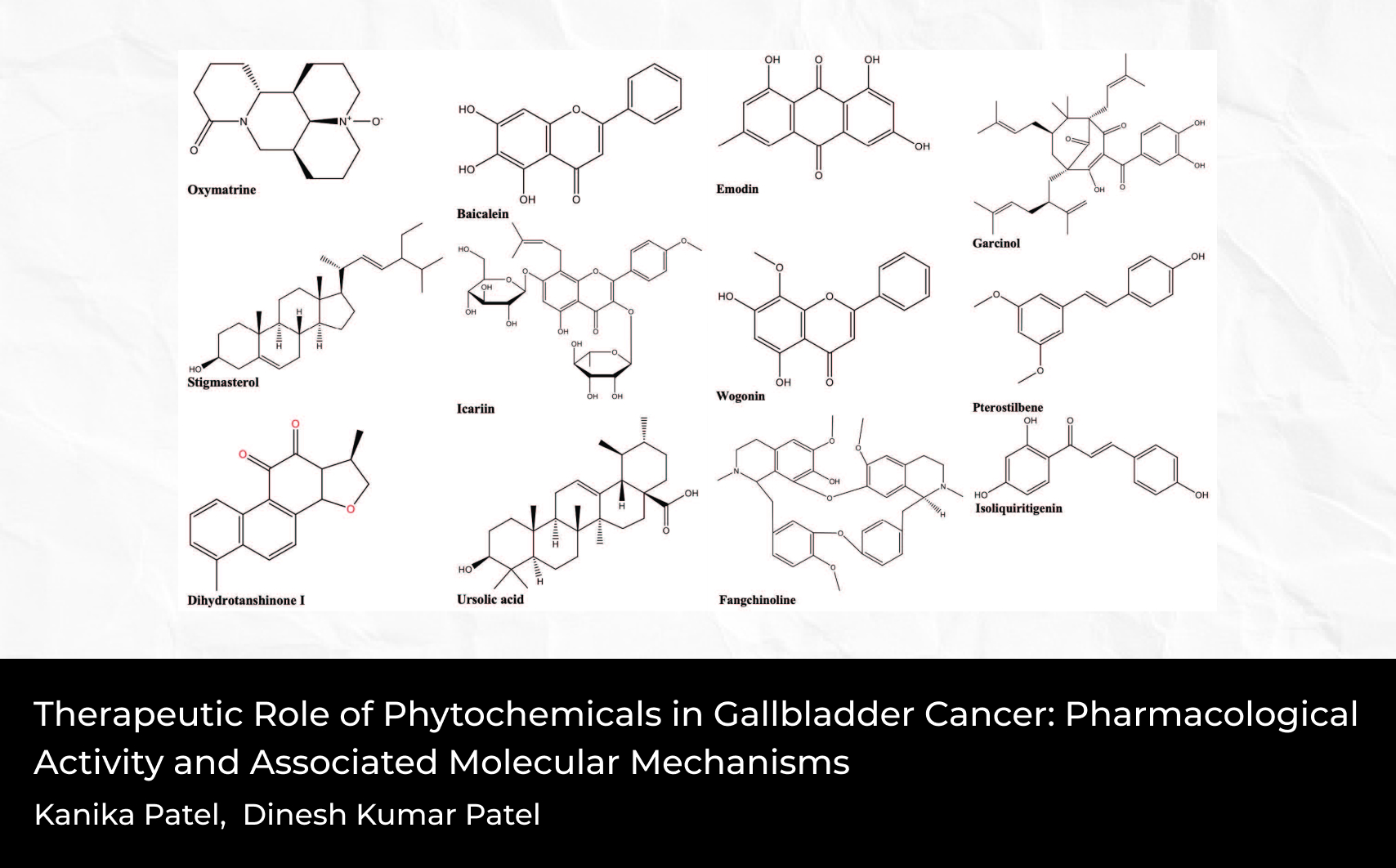
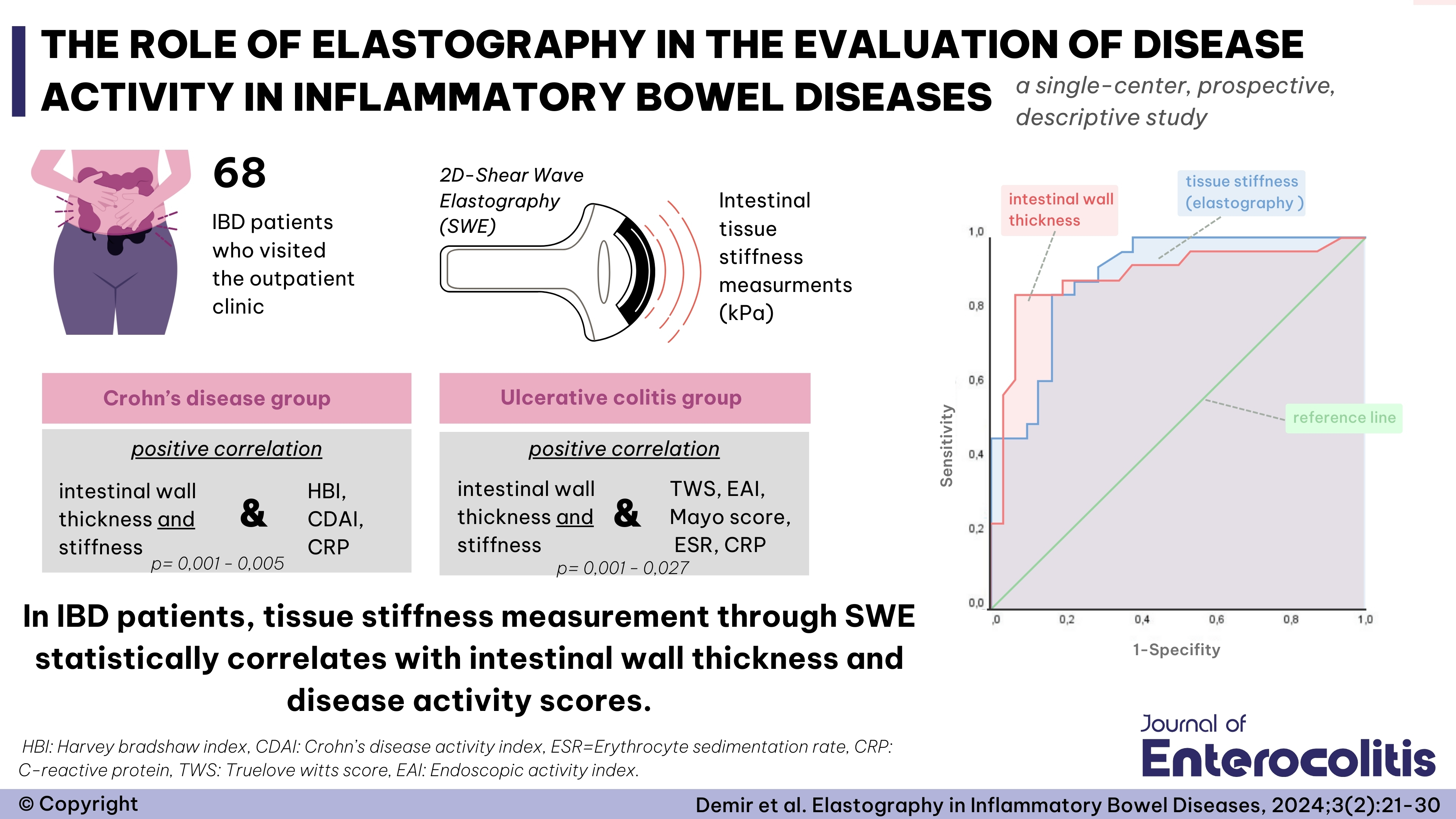
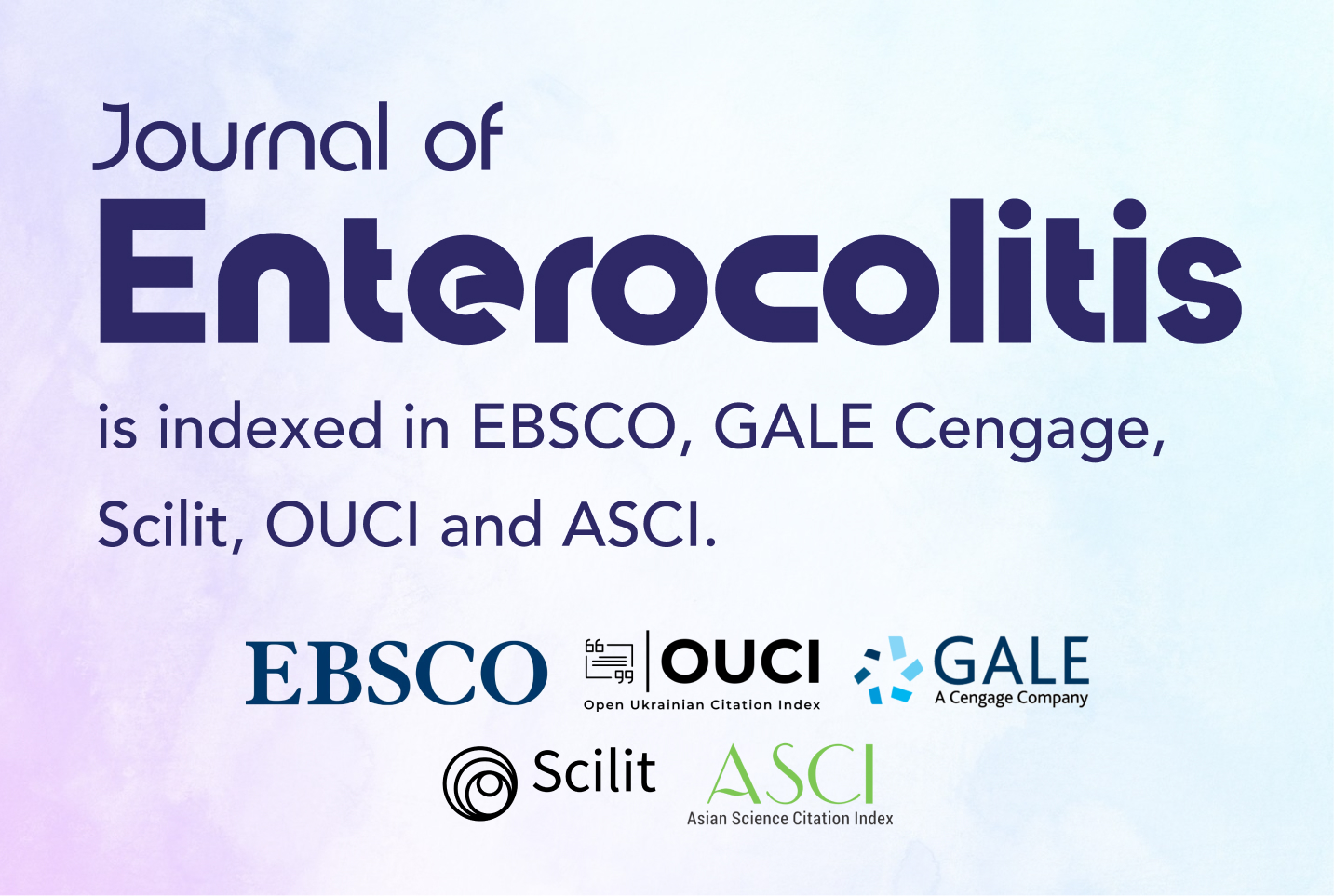
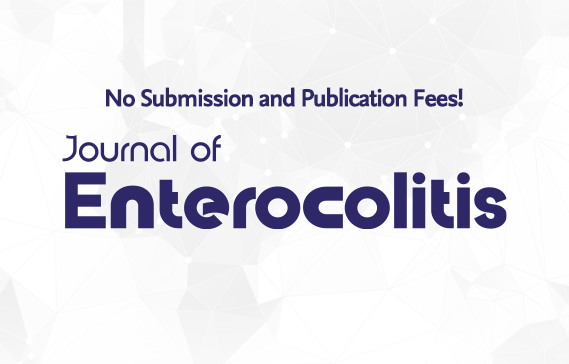
 Zülal İstemihan1
Zülal İstemihan1 






